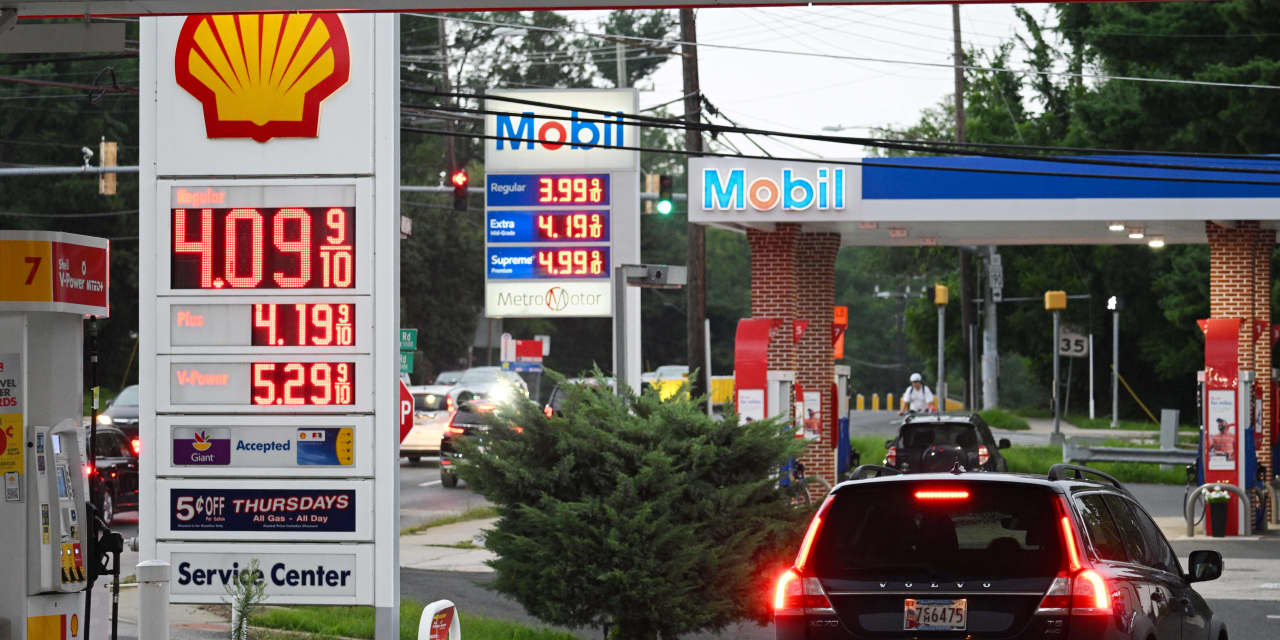The Federal Reserve is making progress in its quest to tamp down inflation, but the fight isn’t over.
August inflation data released on Wednesday showed inflation continued to cool mildly from the sky-high price gains that have plagued consumers and policy makers over the past two years. Core prices, which exclude the volatile food and energy indexes and are considered the better gauge of underlying inflation, rose 0.3% over the month and decelerated to a 4.3% annual pace in August, reaching the lowest level since September 2021.
Those continued slowdowns, combined with recent softening in the labor market, will likely keep Fed officials on track to hold interest rates steady at the current 5.25% to 5.5% level when they next meet on Sept. 19-20. Markets are expecting the Fed to stay put, with the probabilities of a pause in September coming in at 97% after the data was released, according to the CME FedWatch Tool.
Other details of the report, however, presented something of a mixed bag that will keep alive the possibility of further policy tightening later this year. A spike in gasoline costs over the month drove up the headline consumer-price index, leading to a 0.6% jump, the largest such increase in more than a year. That, in turn, pushed the headline index to a 3.7% year-over-year increase, up from July’s 3.2% pace and slightly above economists’ expectations of 3.6%.
Shelter costs also remained firm, rising 0.3% over the month and notching their 40th straight month of gains.
“The inflation print likely is not enough to tilt next week’s Fed call towards a hike, yet it also hasn’t entirely cleared up the question of a November pause vs hike,” wrote Seema Shah, chief global strategist with Principal Asset Management.
Gas and shelter prices, though top of mind for consumers, are both of less concern to the Fed. Energy prices can be volatile month to month and so far have had little pass-through effect into other categories. Shelter costs are on track to slow significantly in the coming months due to recent softening in asking rents, which have yet to show up in the government’s data.
But those categories weren’t the only sources of strong price growth in August. Both transportation and medical care costs accelerated, too, which contributed to the monthly rise in core prices coming in hotter than expected.
Core services excluding housing, a metric on which the Fed has focused narrowly, continue to hover between 0.3% and 0.5% monthly depending on how you slice it, noted Tom Simons, senior U.S. economist with Jefferies.
“These results read as bad news across the board for hopes that the Fed will relent anytime soon in its hawkish tilt toward monetary policy,” wrote Kurt Rankin, a senior economist with
PNC.
Recent comments from Fed policymakers have suggested they could still raise interest rates another quarter-point this year, a move they had penciled in when they last wrote down forecasts in June. If the central bank holds rates steady at next week’s meeting, they could still raise them again during policy meetings in November or December.
Given the steady slowing in core prices, officials are more willing to be patient as they wait to see what impact the rate hikes implemented so far are having on the economy. But further strength in the inflation data could push policy maker to raise rates again later this year.
Some categories are on track to move in a worrisome direction. Health insurance costs, for one, are all but guaranteed to begin rising in the CPI later this fall when sector prices will be recalibrated. That adjustment will erase the impact of a Covid-era anomaly that made health-insurance inflation appear artificially low and push overall price growth up.
Relief in shelter costs could also be shorter-lived than previously expected due to the recent rebound in the housing market. Strong food- and gas-price growth, meanwhile, could push up inflation expectations.
Overall core goods prices, which have been falling, could also show more strength moving forward. Excluding used cars, core goods costs rose 0.1% in August, the largest increase for the category since March, wrote Neil Dutta, head of economics at Renaissance Macro Research. He added that a lack of continued improvement in supplier delivery times could mean core goods prices pick up in the coming months.
“One source of disinflation pressure is going away and this is happening at a time of somewhat firmer demand for goods,” Dutta wrote. “I would not be happy,” he added, “if I was at the Fed.”
Write to Megan Cassella at [email protected]
Read the full article here







